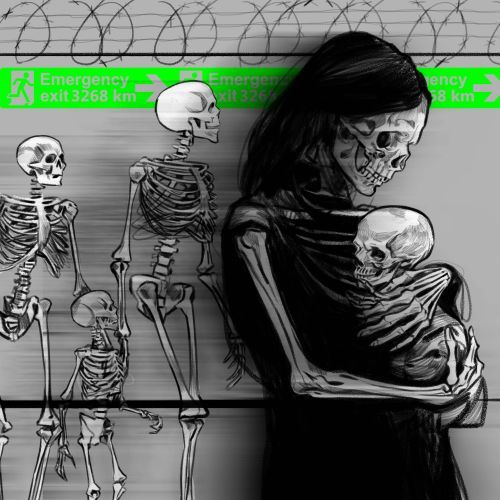Migration: law, types, causes and effects
Migration is a right expressly recognized in Articles 13 and 14 of the 1948 Universal Declaration of Human Rights. “Everyone has the right to freedom of movement and to choose his residence within the borders of every State. Everyone has the right to leave any country, including his own, and to return to his country.” Human rights are equal and inalienable for all people.
What are the main types of migration? Economic migration to develop a career or look for a job; social migration in search of a better quality of life or to be close to family; political migration, when a person flees, e.g. from war or persecution; environmental migration in natural disasters and climate change. The International Organization for Migration says the number of environmental migrants could reach one billion by 2050. There is also educational migration – according to the 2021 Immigration World report, over a million Indian students left India alone, most often to the United Arab Emirates, Canada and the USA. Other reasons for migration include overpopulation and the search for better health care.
Migration is a driving force for sustainable development for migrants and their communities. It brings significant benefits, including: in the form of skills transfer, strengthening of the workforce, investment and cultural diversity, as well as positive socio-economic effects also on the society receiving migrants. Migration can bring about social and political changes, such as greater tolerance and understanding of other cultures and increased political diversity.























